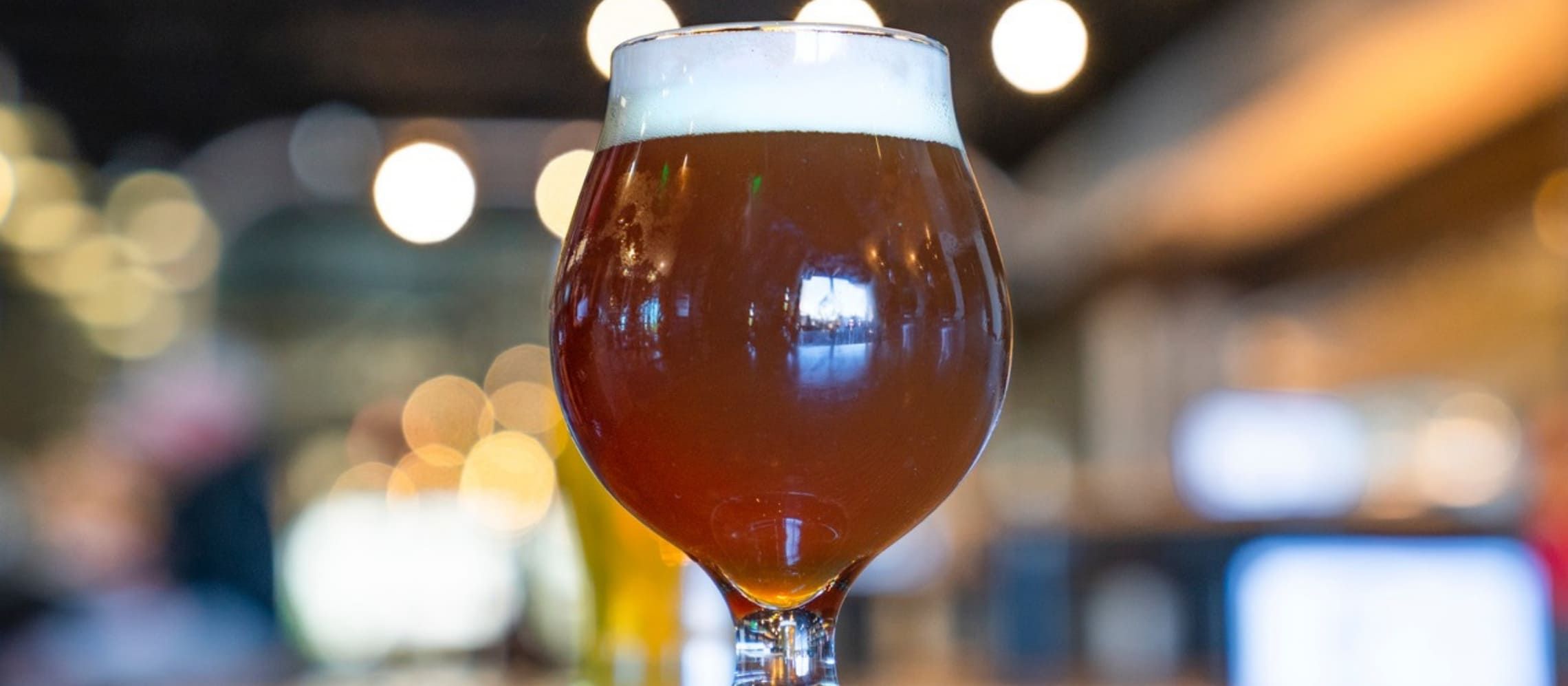Early Bird Deadline
30 November 2025
Judging
Date
23 March 2026
Winners Announcement
22 April 2026
30 November 2025
23 March 2026
22 April 2026

The 2nd Edition of the London Beer Competition – www.londonbeercompetition.com – confirms the place of Belgian beers in world brewing.
The only competition that judges quality alongside packaging and value – and with 35 styles judged – underlines the diversity of beers available today. Belgian breweries entered 16 beers, winning 2 bronze, 6 silver and 1 gold medal.
Overall Winners: Brouwerij Van Steenberge | Beer of the Year, Brewery of the Year, Best Beer by Quality, Best Beer by Value, & Best in Show by Country.
How is it that Belgium has such a huge and world-renowned reputation for producing beer?
A reputation that might seem all the more surprising given its size (it’s only slightly bigger than Wales, and 8 times smaller than the UK) with a population of less than 12 million (the UK’s is over 64 million). Belgium also has fewer than 200 breweries and 100 beer companies (the UK has over 2,000 operational breweries), 1,100 beer brands (again, fewer than the UK) and produces only half as much beer as the UK, accounting for less than 1% of the beer produced around the world.

Yet, Belgium has the greatest diversity of original beer styles with some 700 taste profiles and it’s this, together with an unbroken record of brewing that goes back to the 8th Century, specifically to the monasteries in the time of Charlemagne, that makes the difference and forms the basis for such an enviable reputation amongst beer lovers around the world.
From low to high in alcohol, from light blond to intensely dark, from sweet and fruity to extremely bitter or sour, there’s simply no other country in the world that has such a wide range of beer styles or types of fermentation used. It’s a subject that’s deserving of the many books that have been written on it, but let’s start with just half a dozen significant examples.
Probably the best known of all top fermentation, bottle re-fermentation, Belgian beers and certainly the most historic. Generally high in alcohol, rich in aromas from the added herbs used in the brewing process, Trappist beer’s pedigree can be traced back to those early monastic times. For a beer to be called Trappist and to bear the ‘Authentic Trappist Product’ logo, a quality guarantee in its own right, the beer must be brewed in, or near, one of the 6 active Cistercian abbey monasteries in Belgium, with the beer actually brewed by, or under the direct supervision of, the monastic community, with the revenues generated used to support the abbey or to fund charitable works.
Just as Trappist beers come in various hues – blond, dubbel (brown) and tripel (very pale blond), as well as amber – they also demonstrate significant differences when it comes to their aroma, taste and alcohol content.
Another of Belgium’s oldest beer styles, the beer is special and remarkable because it’s produced using a completely different process from conventional brewing. Those major differences include the requirement that the malt mixture must contain a minimum of 30% un-malted wheat; then there’s the addition of up to 6 times the amount of hops used in other beers; the hops used are also more mature and are included to act as a preservative and ant-oxidant, not, as in other beers, to add bitterness and aroma. Probably the greatest difference is that, after boiling, the beer is produced by spontaneous fermentation, using the wild yeasts that occur in the area of production (the Zenne Valley, in southwest Belgium) and it’s these that determine the character of the beers; also, traditionally, Lambic is brewed only during wintertime, roughly from September to April, and then aged in wooden barrels over a number of years before it’s released for drinking.
We need to talk about Oude Gueuze, a uniquely special, sour and bitter beer which can be an acquired taste. Oude Gueuze is only made from Lambic beer, whilst (straight) Gueuze beers are mixed with traditional beer so they might be said to be more ‘approachable’. To make Oude Gueuze, a ‘gueuzesteker’ will cut old and young Lambic to create a perfect mixture or blend, the old Lambic adding a pronounced aroma and depth of flavour, whilst the young Lambic provides the sour notes. The process dates from the 18th Century and the discovery of in-bottle re-fermentation (and better glass bottle technology – a necessary part of Champagne production). It involves removing dead yeast cells from the Lambic to allow the remaining yeast to promote the Oude Gueuze’s in-bottle fermentation and creates a beer that can be stored for years. Whilst ‘oude’ means old in Flemish, it’s not actually an indication of age, rather it denotes a beer to be authentic 100% Lambic, made without additives.
Bang on trend – but years before fruit beers (and ciders, come to that) were ever any part of being trendy, the most traditional Belgian fruit beer is Kriek, made with sour Morello cherries. Originally cherries were added to the beer to encourage further fermentation and improve its aroma, Kriek beer has all the characteristics of an Oude Gueuze, complemented with a pleasantly fruity, not noticeably sweet, taste. Oude Kriek is produced by steeping 100% Oude Lambic in fresh fruit, at between 200g and 300g a litre, after which it’s re-fermented in the bottle. This is the antithesis of some of the sweeter fruit beer concoctions that have come onto the market over the last few years.
Roodbruine bieren (red beers) are beers fermented at high temperature and then matured for months, or even years, in wooden barrels where, as with Lambic beers, it’s the micro-organisms, in what is a double-fermentation, that determine flavour to create a thirst-quenchingly mildly sour taste and a complex fruitiness. The ingredients for red beers are limited to barley malt, yeast, other types of raw or malted grain, local mineral water, hops, herbs and a sweetening agent, with the reddish-brown colour coming from the use of coloured barley malts.
Very much a local beer from the Belgian province of Hainaut, this is a top-fermented, golden-coloured beer with a slightly sour, dry, herbal and fruity character from the different yeast strains used (these sometimes include wild yeasts, too). The use of often hard and minerally water adds a hoppy character. Traditionally the main fermentation stage is followed by maturation in a warm room with the addition of further hops, whilst in-bottle fermentation produces added carbon dioxide and creates a refreshingly zesty taste.
If you’re thirsty for more, you’re unlikely to be disappointed. It’s really not that difficult to find a Belgian beer to suit pretty well every taste and every occasion – and that’s certainly something pretty special.
Show your beers where it matters. Get your products tasted by top buyers and experts at the London Competitions — enter now.